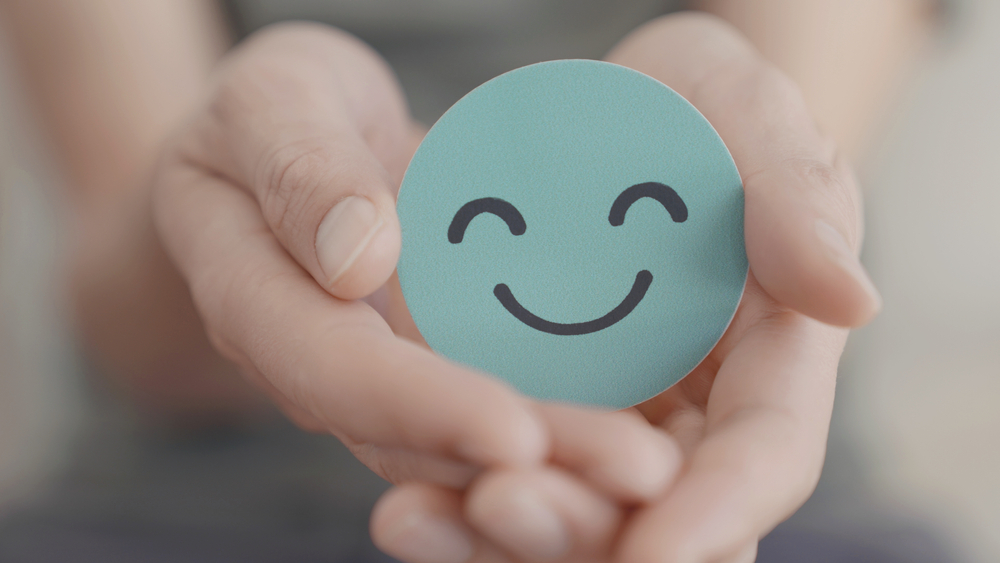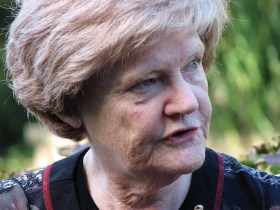Imagine if we all recognised the pathway to better health could be creative. If we unleashed the well-recognised power of cultural participation to improve our physical and mental well-being. If the one-fifth of us suffering from anxiety, depression and social isolation were given an alternative to relying solely on medication adjustments or waiting for a psychologist to become available.
Arts and cultural participation offer both individual and collective experiences. From the quiet contemplation of another’s creative expression in a gallery, or between the pages of a great novel, to the discussion and commentary this engenders in Insta posts, book clubs and online forums, to mass cultural experiences like festivals, gigs and live theatre – creativity connects us, as we like to say at Creative Australia.
Health responses focus on the individual’s needs – but what if what we most need is to connect with each other? In the UK, general practitioners can prescribe arts activities as part of health treatment plans. Artists exploring health and well-being through socially engaged practice have a range of support structures such as peer-to-peer mentoring and shared quality frameworks. And Arts Council England has a Director of Creative Health.
The UK is its own example, with its own political and cultural context. However, it provides an intriguing reference point for a growing potential in Australia in the shared area of arts, health and well-being.
Well-being practice in Australia
Australia has a rich history of artists working with individuals and communities to improve health and well-being. We’ve seen this in decades of community arts and cultural development practice. And, of course, Australia’s First Nations people have understood the importance of arts and culture to individual and community health for tens of thousands of years. This, the world’s oldest living continuous culture, understood the concept of the “social determinants of health” many millennia before it was coined.
In research and policy, this work has been far less visible. However, we are seeing indications that things may be moving to better recognise the fundamental role that arts and culture plays in supporting health and well-being.
For starters, we have the Federal Government’s Measuring What Matters well-being framework, which takes a more holistic view to tracking the health of Australian society, and which includes cultural indicators in its measurements. We also have the National Cultural Policy, Revive, which is explicit in its cross-portfolio approach.
Read: Mental health for creative people: five tips to thrive
Creative Australia has also been conducting research and policy development in the field of arts, health and well-being since early 2022, collecting evidence on the impacts of arts participation on health and well-being and engaging with practitioners, researchers and lived experience advocates to workshop ways of advancing the field. In February 2023, we published findings and recommendations from its Arts, Creativity and Mental Well-being Policy Development Program in a report called ‘Connected Lives: Creative solutions to the mental health crisis‘.
This week, Thursday 16 November, Creative Australia will present these recommendations to a cross-portfolio event at Parliament House co-hosted by Special Envoy for the Arts, Susan Templeman. It will also release two further research reports published, which will make important contributions to this work.
Two new reports on well-being and the arts
The first, ‘Creating Wellbeing: Attitudes and engagement with arts, culture and health‘ provides powerful evidence of public support for the idea of arts and creativity benefiting health and well-being. A nationally representative study, the research finds that most people agree that engaging in the arts can have a positive impact on their health and well-being, including mental health (89%), social health (84%), physical health (70%), family life (72%), community life (75%), and knowledge and skills (82%). They are big numbers!
Just as sizable is the proportion of Australians who are open to the idea of ‘arts on prescription’; that is, the referral practice that has been implemented in the UK. Almost nine in 10 respondents are either ‘very open’ (42%) or ‘somewhat open’ (43%) to arts on prescription for mental health conditions.
The second Creative Australia report, ‘Creative Solutions: Training and sustaining the arts for mental health workforce‘ addresses the question of how we might better equip the arts sector to do this work. Conducted in partnership with three case study organisations – Wesley Arts, Creative Recovery Network, and the Big Anxiety Research Centre at UNSW – this report identifies the professional development needs and support structures required to ensure that this work is safe and sustainable for all involved.
The value proposition throughout this work is that the arts help people explore, express and process their thoughts and experiences. Creative practices empower people to tell their own story and reconnect with community. They are dignifying rather than stigmatising (which a medical diagnosis can be).
For people in the armed forces, arts programs can literally save lives, dramatically reducing rates of suicide and providing a pathway for people with PTSD (post-traumatic stress disorder) to make their way back into the community. For communities that have experienced a disaster, arts and creative programs can provide means of developing new relationships to place and to work through trauma in ways that involve the whole community.
For people living with a disability, arts programs can provide a sense of community, and a sense of empowerment in the ability to express one’s identity and perspective on the world. For young people, arts and creative activities can help develop confidence and a sense of identity, and are particularly valuable for young people on the margins. For older people, arts and creative activities can maintain critical social connections, preventing isolation, and keep people physically active.
Read: High schoolers and mental health: can art help give them space?
And, of course, to return to our country’s origins, First Nations people have a deep understanding of culture as a protective factor, embedded within everyday experience and essential to a healthy community.
It’s encouraging to see this emerging recognition in the policy context, and the growing awareness of culture as a vital protective factor for individuals and communities. Looking at the uncertainties and challenges looming on our shared horizon, we’re likely going to need it.
To learn more about Creative Australia’s research into wellness and the arts.





